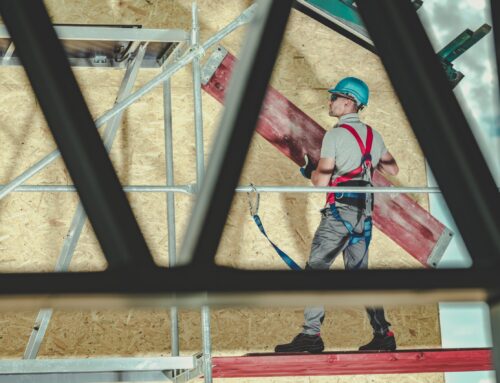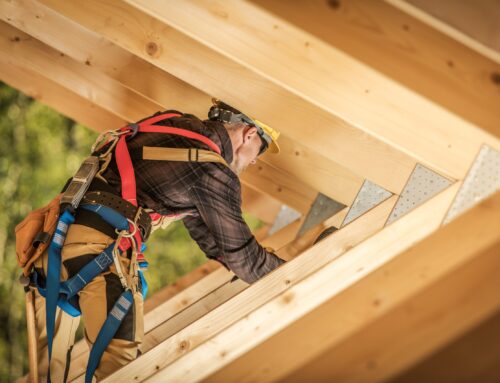With COVID-19 infections rising again throughout Canada and the US, local and federal health authorities across both countries have been, relatively, consistent in their guidance, and taking queues from the US Centers for Disease Control and Prevention:
- recommending that all persons living and working in areas with substantial or high community COVID-19 infection rates wear masks in indoor settings, regardless of vaccination status, and
- encouraging mask use in public by fully vaccinated people who are immunocompromised, at increased risk of severe disease from COVID-19, or live with someone who is immunocompromised or not fully vaccinated.
- that workers who are not fully vaccinated be required to wear masks at all times, maintain physical distancing, and undergo regular COVID-19 testing.
Of course, as has been the case throughout the pandemic, masking and vaccinations have been, at times, radically politicised. I’d rather not go down that rabbit hole, but would prefer to look at it clearly from a health & safety perspective, which is largely what both countries governments are trying to do and abdicating enforcement and policy to business itself.
On August 13, 2021, the US Occupational Safety and Health Administration (OSHA) updated its COVID-19 workplace safety recommendations to align with the CDC guidance. OSHA also encourages employers to help workers get vaccinated, continue to instruct those who test positive to stay home from work, enforce physical distancing, and provide masks to workers. OSHA even went so far as to co-sign the CDC’s recommendation that fully vaccinated workers should wear masks in indoor settings to slow the spread of the virus to others.
In Canada, Provincial health authorities have been largely guided by regional infection and hospitalization rates, but are generally making the same recommendations, some opting to enforce vaccine passports.
Largely, though, it is business that is impacted and business that is being tasked with turning these recommendations into policies, procedures, and enforcing them. Companies who just a few weeks ago were speeding towards reopening are weighing the new risks. For example, Google is requiring masks in their offices, Morgan Stanley is requiring vaccinations, and Apple has pushed back their opening.
Employees, like businesses are feeling anxious, concerned, nervous and exhausted at this stage of this long pandemic. A study by Fast Company that found that 40% of employees don’t feel confident sharing their workplace safety ideas or concerns at work, and 49% don’t feel leadership wants to hear them. Only 58% feel “very comfortable” returning to work; while 46% feel like they are being forced back to work. Bloomberg found that 39% of employees would consider quitting if their workplace didn’t offer or continue to offer flexible work alternatives. 20% of employees don’t feel comfortable voicing COVID concerns to employers – why? – maybe something to do with the fact that of the 1,744 COVID-related retaliation issues filed with OSHA from March to August in 2020, only 2% have been resolved.
So what do all of these statistics and data points mean?
The reality is that safety managers, directors, and trainers; as well as HR professionals and business owners; all need to agree that workplace safety matters. In this current economy where we are experiencing supply chain issues, difficulty recruiting and hiring, and inflation – having a clear, aligned, accommodating, and disciplined workplace health & safety strategy will make all the difference.
It is my opinion that business, as a whole, will do largely what governments have been unable or unwilling to do, and that is to find the middle ground that protects workers and revenues; but if, and only if, business thinks longer term and gives at least equal balance to the health and safety of employees as it does to the health of the bottom line.






